136, SCAD-136
The cell line is not validated yet.
VCCRIi018-A
General
Cell Line |
|
| hPSCreg name | VCCRIi018-A |
| Cite as: | VCCRIi018-A (RRID:CVCL_E7WC) |
| Alternative name(s) |
136, SCAD-136
|
| Cell line type | Human induced pluripotent stem cell (hiPSC) |
| Similar lines | No similar lines found. |
| Last update | 24th March 2025 |
| User feedback | |
Provider |
|
| Generator | Victor Chang Cardiac Research Institute (VCCRI) |
| Owner | Victor Chang Cardiac Research Institute (VCCRI) |
| Distributors | |
| Derivation country | Australia |
External Databases |
|
| Cellosaurus | CVCL_E7WC |
General Information |
|
| * Is the cell line readily obtainable for third parties? |
Yes Cell line can only be used in: Medical Research
Research use: allowed
Clinical use: not allowed
Commercial use: not allowed
Additional restrictions:
Subject to MTA/ Research Agreement |
Donor Information
General Donor Information |
|
| Sex | female |
| Ethnicity | Caucasian |
Phenotype and Disease related information (Donor) |
|
| Diseases | A disease was diagnosed.
|
| Disease associated phenotypes |
|
Karyotyping (Donor) |
|
| Has the donor karyotype been analysed? |
Yes
|
Other Genotyping (Donor) |
|
| Is there genome-wide genotyping or functional data available? |
No
|
Ethics
| Has informed consent been obtained from the donor of the embryo/tissue from which the pluripotent stem cells have been derived? | Yes |
| Was the consent voluntarily given? | Yes |
| Has the donor been informed that participation will not directly influence their personal treatment? | Yes |
| Can you provide us with a copy of the Donor Information Sheet provided to the donor? | Yes |
| Do you (Depositor/Provider) hold the original Donor Consent Form? | Yes |
| Please indicate whether the data associated with the donated material has been pseudonymised or anonymised. | anonymised |
| Does consent explicitly allow the derivation of pluripotent stem cells? | Yes |
| Does consent prevent CELLS DERIVED FROM THE DONATED BIOSAMPLE from being made available to researchers anywhere in the world? | No |
| Does consent expressly permit collection of genetic information? | Yes |
| Does consent expressly permit storage of genetic information? | Yes |
| How may genetic information associated with the cell line be accessed? | Controlled Access |
| Will the donor expect to receive financial benefit, beyond reasonable expenses, in return for donating the biosample? | No |
| Has a favourable opinion been obtained from a research ethics committee, or other ethics review panel, in relation to the Research Protocol including the consent provisions? | Yes |
| Name of accrediting authority involved? | St Vincent's Hospital Human Research Ethics Committee |
| Approval number | (HREC/16/SVH/338); SVH File number: 16/245 |
| For generation of the cell line, who was the supplier of any recombined DNA vectors or commercial kits used? |
hIPSC Derivation
General |
|
| Source cell line name | 136 |
| Source cell type | |
| Source cell origin |
An organ that constitutes the external surface of the body. It consists of the epidermis, dermis, and skin appendages.
Synonyms
|
| Source cell type (free text) | Inside of upper arm |
Reprogramming method |
|
| Vector type | Non-integrating |
| Vector | Sendai virus |
| Is reprogramming vector detectable? |
No |
| Methods used |
PCR
|
| Notes on reprogramming vector detection | GAPDH Control Used |
| Files and images showing reprogramming vector expressed or silenced | |
Vector free reprogramming |
|
Other |
|
| Selection criteria for clones | Clones were manually isolated and subsequently subcloned |
| Derived under xeno-free conditions |
No |
| Derived under GMP? |
No |
| Available as clinical grade? |
No |
Culture Conditions
| Surface coating | Matrigel/Geltrex |
| Feeder cells |
No |
| Passage method |
Enzyme-free cell dissociation
ReLeSR (EDTA based)
|
| O2 Concentration | 20 % |
| CO2 Concentration | 5 % |
| Medium |
mTeSR™ Plus
|
| Has Rock inhibitor (Y27632) been used at passage previously with this cell line? | Yes |
| Has Rock inhibitor (Y27632) been used at cryo previously with this cell line? | No |
| Has Rock inhibitor (Y27632) been used at thaw previously with this cell line? | Yes |
Characterisation
Analysis of Undifferentiated Cells
Self-renewal
Positive
Endoderm
Negative
Mesoderm
Negative
Ectoderm score
Negative
Scorecard
Self renewal postiive 136.pdf
Self Renewal iPSC 136
Differentiation Potency
In vitro directed differentiation
Scorecard
| Marker | Expressed |
| SOX17 |
Yes |
Protocol or reference
136 Trilineage.jpeg
Trilineage Differentiation Scorecard for 136
In vitro directed differentiation
Scorecard
| Marker | Expressed |
| TBXT |
Yes |
Protocol or reference
136 Trilineage.jpeg
Trilineage Differentiation Scorecard for 136
In vitro directed differentiation
Scorecard
| Marker | Expressed |
| Pax6 |
Unknown |
Protocol or reference
136 Trilineage.jpeg
Trilineage Differentiation Scorecard for 136
Genotyping
Karyotyping (Cell Line) |
|
| Has the cell line karyotype been analysed? |
Yes
|
Other Genotyping (Cell Line) |
|
| Is there genome-wide genotyping or functional data available? |
Yes
|

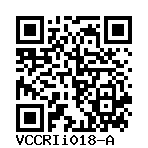
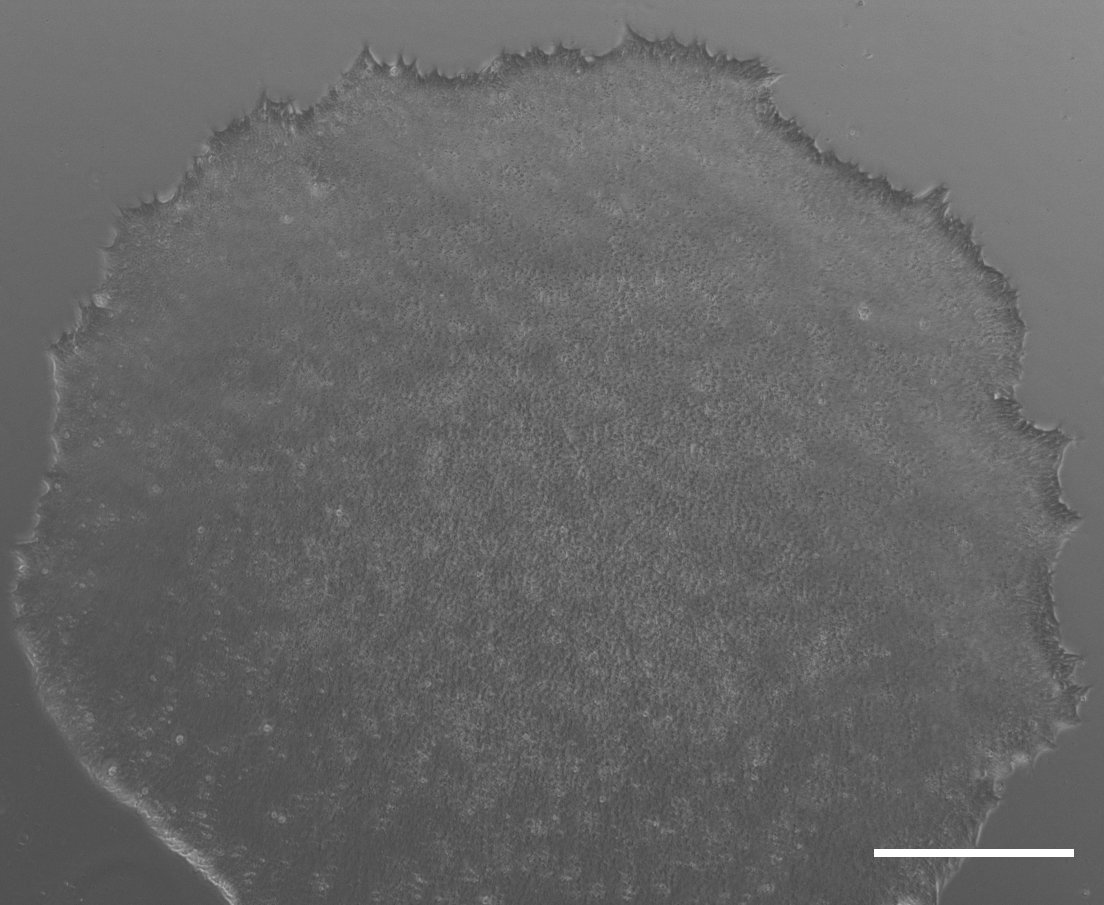
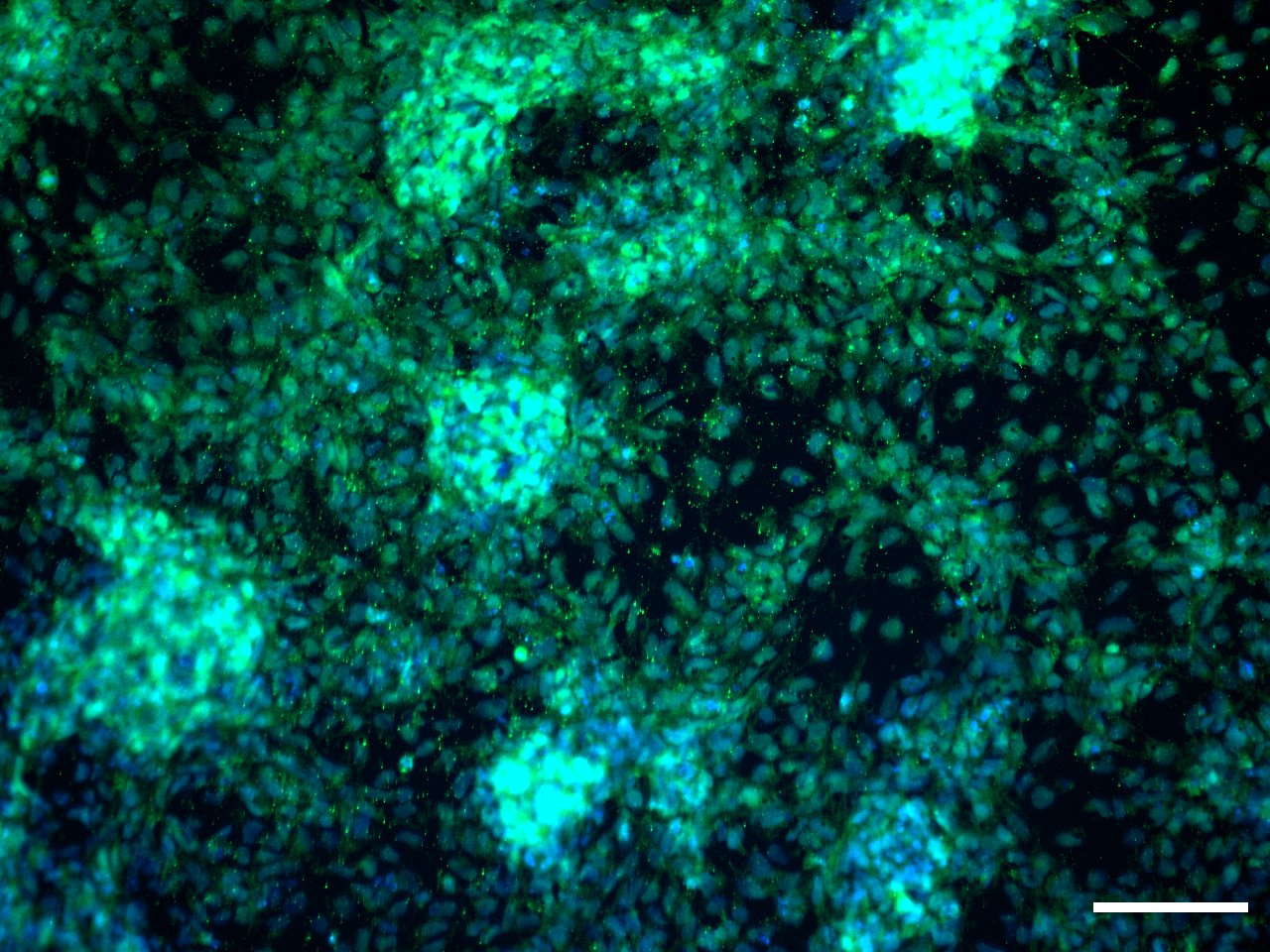
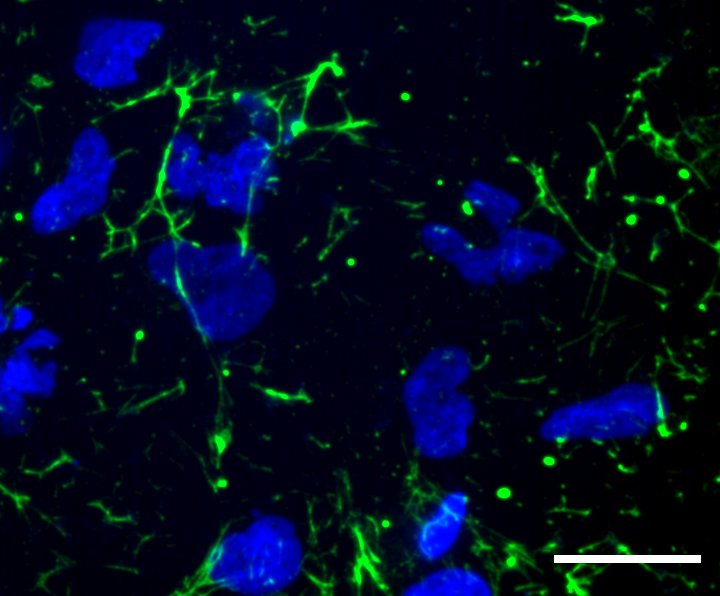
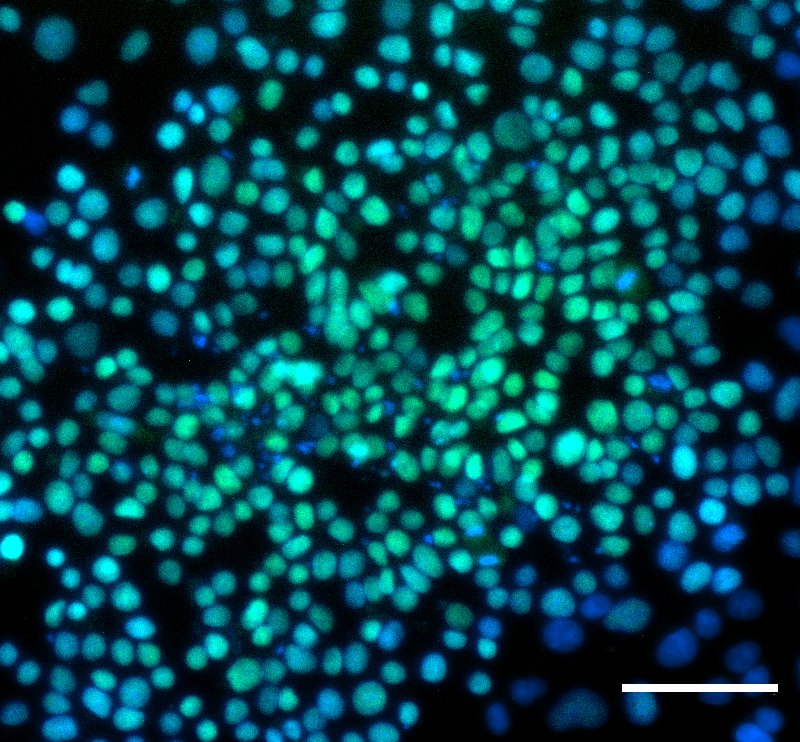
Login to share your feedback, experiences or results with the research community.